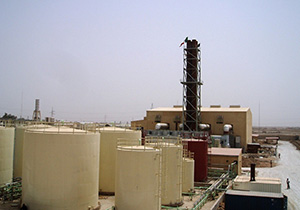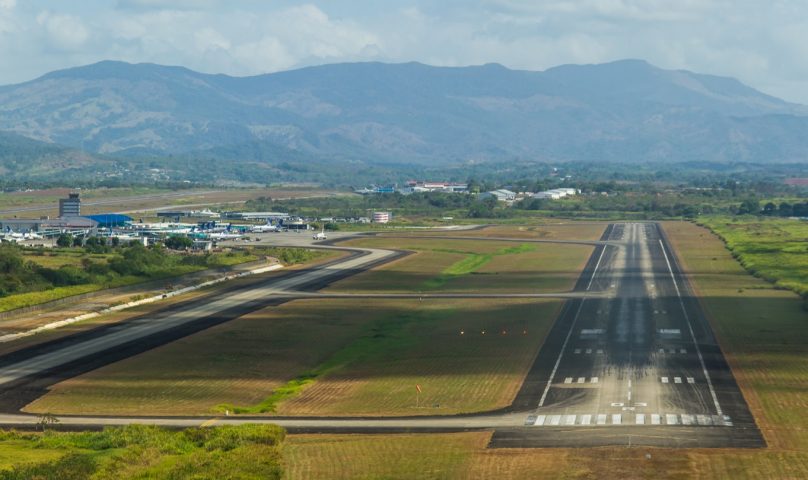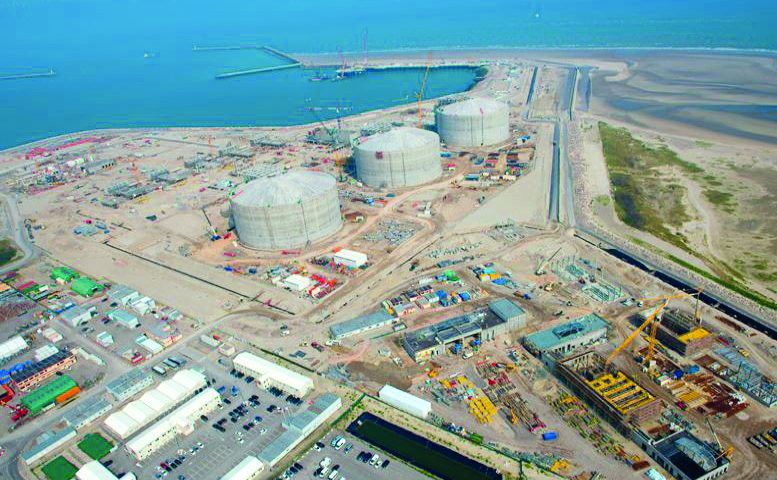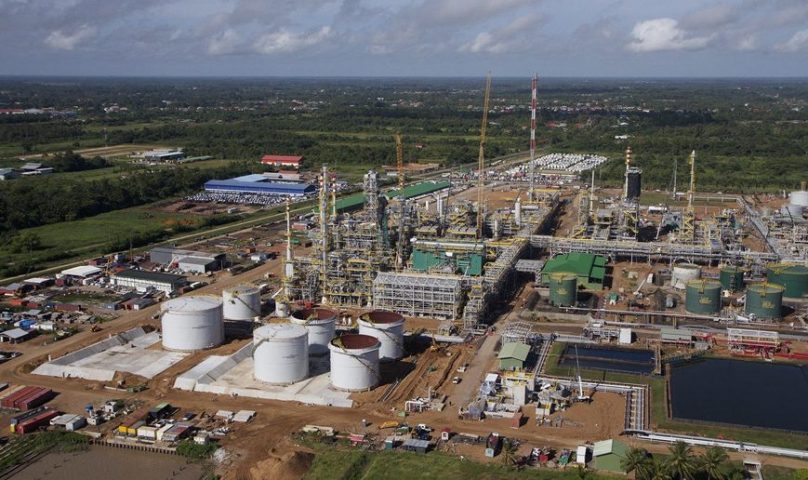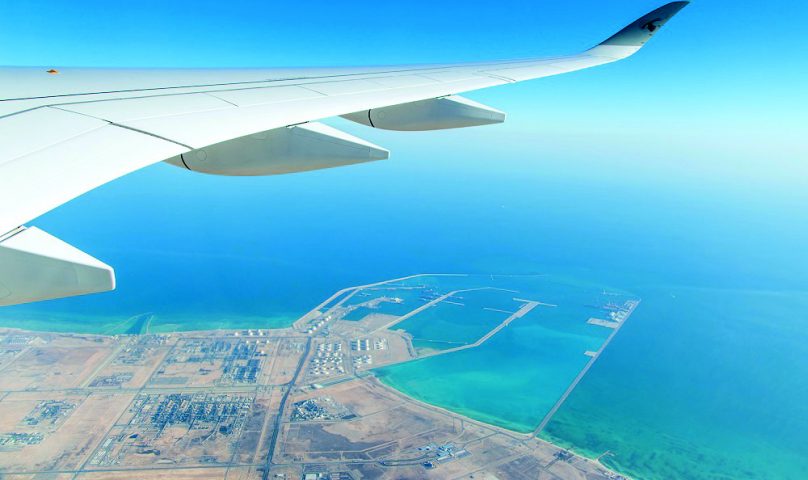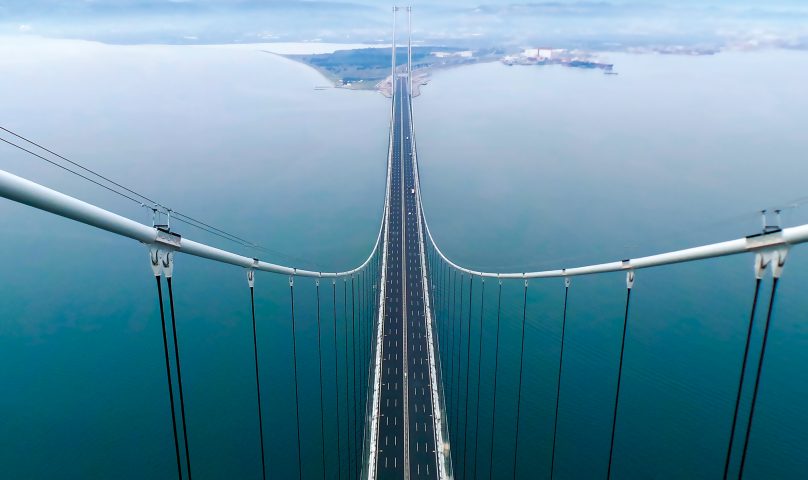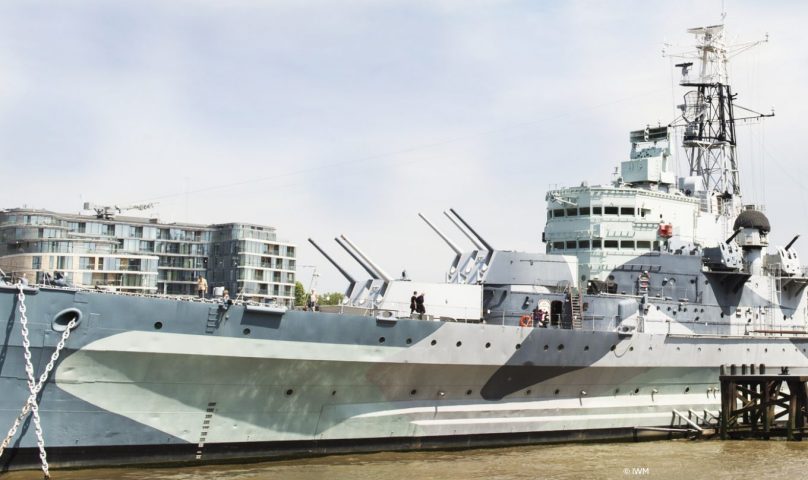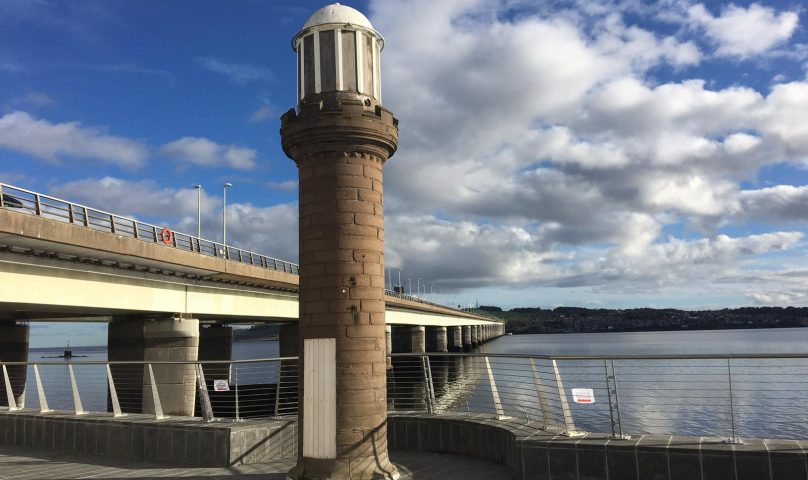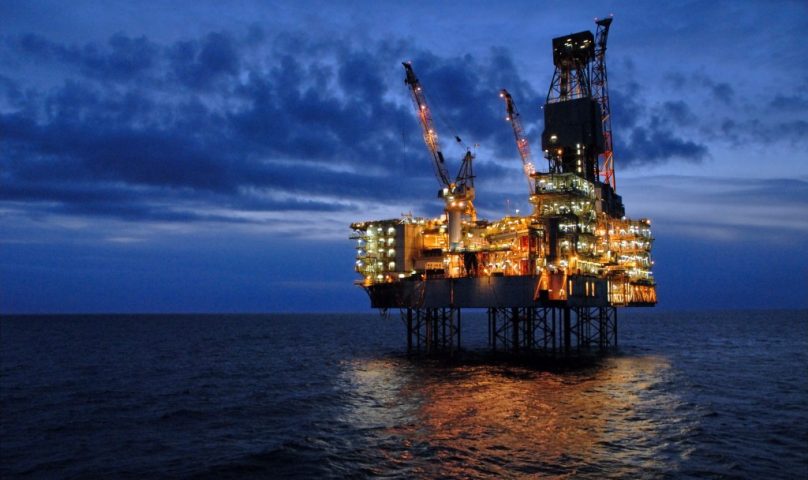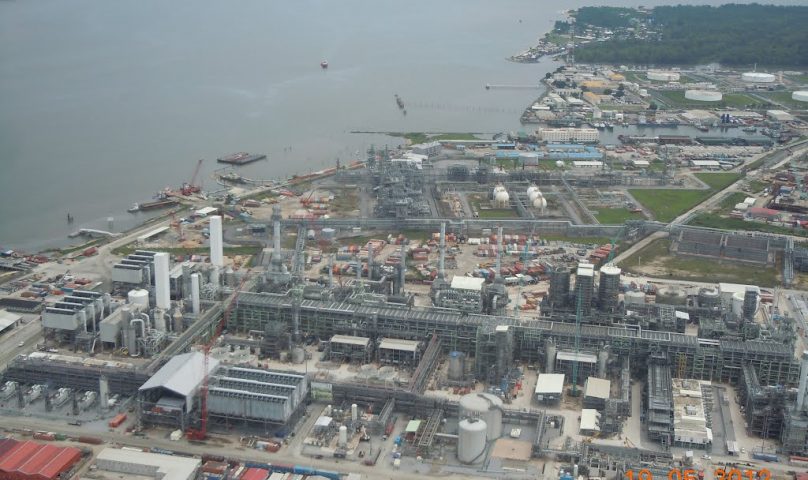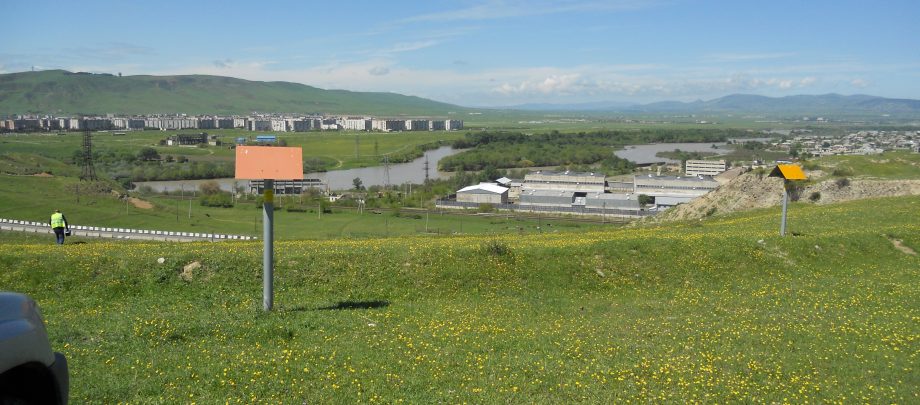
The CP engineering team at CPCL frequently work on a variety of metallic structures, which are either buried or submerged.
CP can be applied to all metallic structures that are buried in soil, sand or concrete; and those submerged in seawater, potable water or other aqueous phases found in oil production and storage.
Our main customers are in the following industries: oil and gas; energy production (e.g. gas, coal, solar, wind); storage (such as firewater tanks); marine ports and harbours; bridge operators and so on. The typical types of structures protected by CPCL can be found below.
Pipelines
Typically modern pipelines are well coated and CP requirements can be either GACP (Galvanic Anode Cathodic Protection) or ICCP (Impressed Current Cathodic Protection); with ICCP being used in longer life, or larger systems and GACP to protect shorter life or smaller systems.
In-plant piping
Either GACP or ICCP can be utilised. Structure isolation is a key question here and CPCL’s preference is for local groundbeds with canistered or linear anode ICCP systems.
Above ground storage tanks
ICCP is recommended when ring-beam type constructions are to be utilised. Oily and Bitumen impregnated sands must be avoided.
Buried tanks and vessels
External and internal CP by either ICCP or GACP.
Well casings
Typically ICCP with a deepwell groundbed is used for this application.
Internal CP to heat exchangers and condensers
ICCP is preferable.
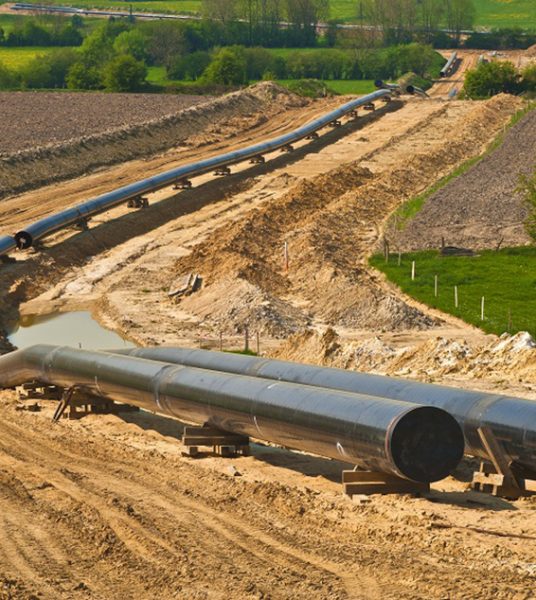
Steel and/or reinforcing steel bar (rebar) in concrete
Predominantly used in the middle east with a growing market in the UK, Europe and other parts of the world.
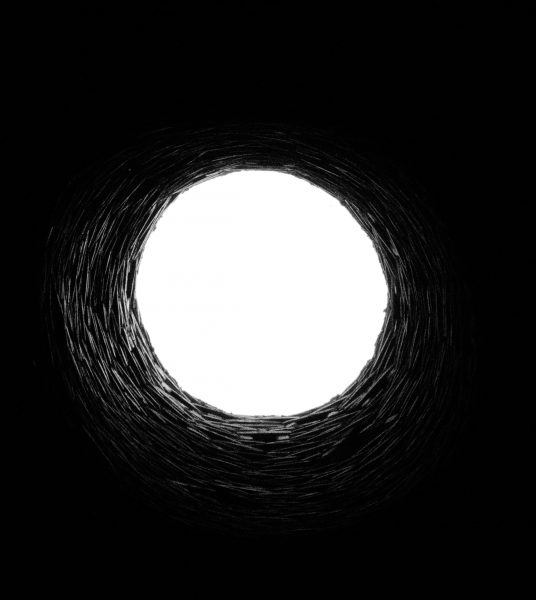
Harbours and jetties
GACP (with aluminium anodes) is the largest market in this sector, but ICCP can also be applied and is CPCL’s preferred method of protection. ICCP is more suited to longer life applications and can have significant CAPEX cost savings on larger structures. ICCP anodes can be designed to be installed without the use of divers.
Bridge caissons
Submerged steel caissons can be protected with ICCP.
Fixed offshore structures / Floating offshore structures / Ships / Submarine pipelines
These structures are generally protected using GACP and do not fall within CPCL’s core business. We would be happy to recommend other suppliers for this.
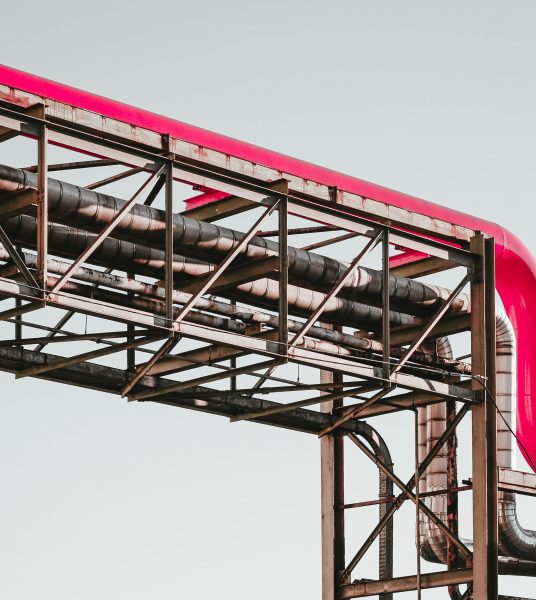
Pipelines
Typically modern pipelines are well coated and CP requirements can be either GACP (Galvanic Anode Cathodic Protection) or ICCP (Impressed Current Cathodic Protection); with ICCP being used in longer life, or larger systems and GACP to protect shorter life or smaller systems.
In-plant piping
Either GACP or ICCP can be utilised. Structure isolation is a key question here and CPCL’s preference is for local groundbeds with canistered or linear anode ICCP systems.
Above ground storage tanks
ICCP is recommended when ring-beam type constructions are to be utilised. Oily and Bitumen impregnated sands must be avoided.
Buried tanks and vessels
External and internal CP by either ICCP or GACP.
Well casings
Typically ICCP with a deepwell groundbed is used for this application.
Internal CP to heat exchangers and condensers
ICCP is preferable.

Steel and/or reinforcing steel bar (rebar) in concrete
Predominantly used in the middle east with a growing market in the UK, Europe and other parts of the world.

Harbours and jetties
GACP (with aluminium anodes) is the largest market in this sector, but ICCP can also be applied and is CPCL’s preferred method of protection. ICCP is more suited to longer life applications and can have significant CAPEX cost savings on larger structures. ICCP anodes can be designed to be installed without the use of divers.
Bridge caissons
Submerged steel caissons can be protected with ICCP.
Fixed offshore structures / Floating offshore structures / Ships / Submarine pipelines
These structures are generally protected using GACP and do not fall within CPCL’s core business. We would be happy to recommend other suppliers for this.

Ready to get started?
get in touchProjects
Meet the team
Alessandro has an MSc in Materials Engineering from Politecnico di Milano. He is ISO 15257 certificated as a Level 4 Senior CP Engineer for underground and immersed structures, marine metallic structures and inner surfaces of metallic container structures. Alessandro has over 15 years’ experience in the corrosion industry and presently works in the project department on the design of CP systems, technical and commercial quotations and site activities. He has worked extensively around the world, both on and offshore, including Italy, Saudi Arabia, UAE, Bahrain, Turkey, Egypt, Azerbaijan and Kazakhstan.
Simon has over 30 years’ experience in the cathodic protection industry and is qualified in electrical installations. A member of ICorr, he is one of our most experienced design engineers and has extensive site experience in the UK, Middle East, North Africa, Central Africa, Europe and Asia. Simon's experience in sacrificial and impressed current cathodic protection systems covers design, site surveys, installation, commissioning, monitoring and maintenance.
Ed has over 20 years’ experience in the cathodic protection industry, during which time he has developed an extensive knowledge of CP applications, particularly steel in concrete CP, and the wider industry. Ed is responsible for major project sales, focusing on securing major contracts and managing key accounts.
Dan has over 25 years’ experience in the corrosion industry. He obtained a PhD in Corrosion Science from The Corrosion and Protection Centre, UMIST UK, in 2000. Dan is a Member of The Institute of Corrosion; and is ISO 15257 certificated as a Level 4 Senior Cathodic Protection Engineer. Within CPCL he is the Cathodic Protection Engineering Manager in the CP Systems/Project Department covering the design of CP systems, submission of technical and commercial quotations & project management.


